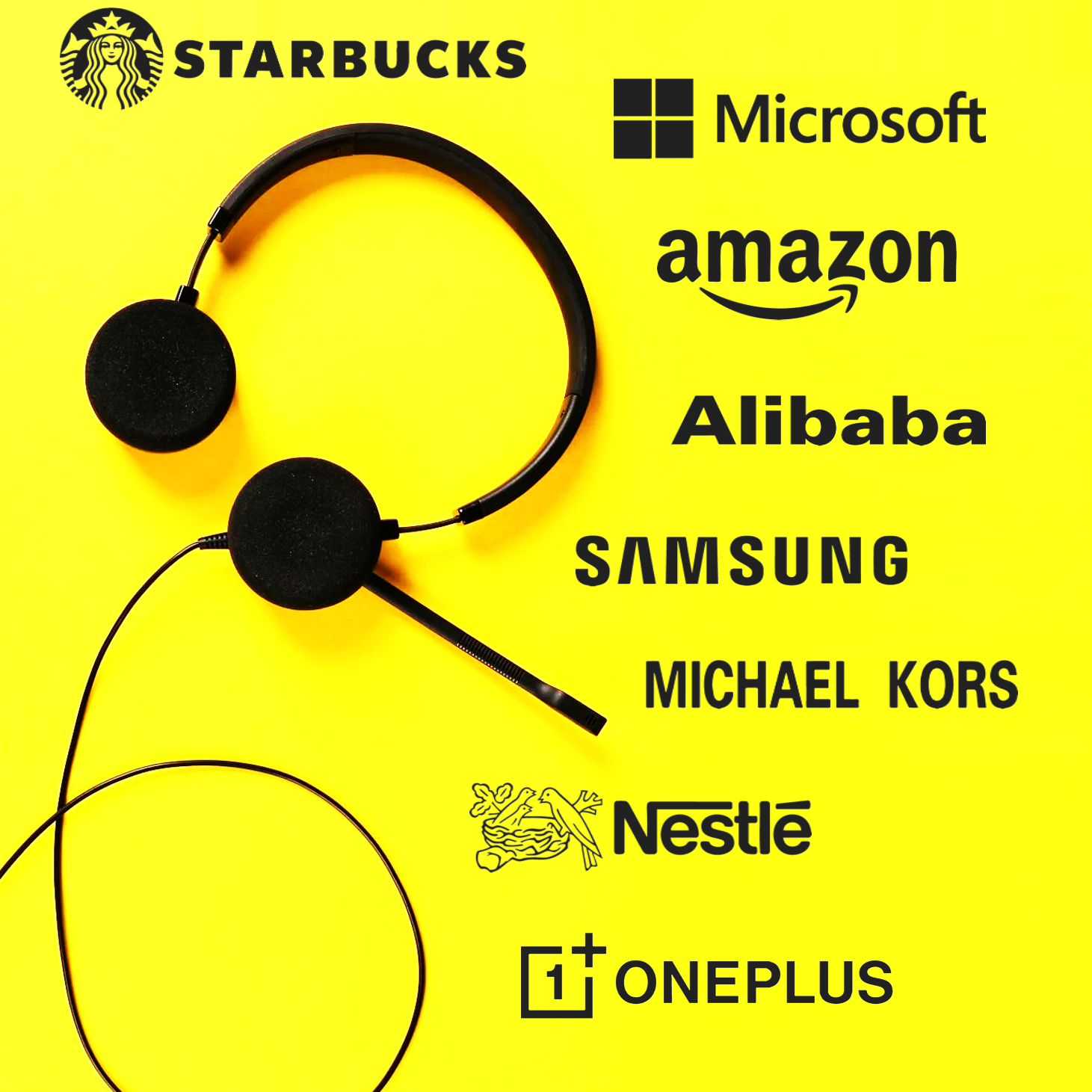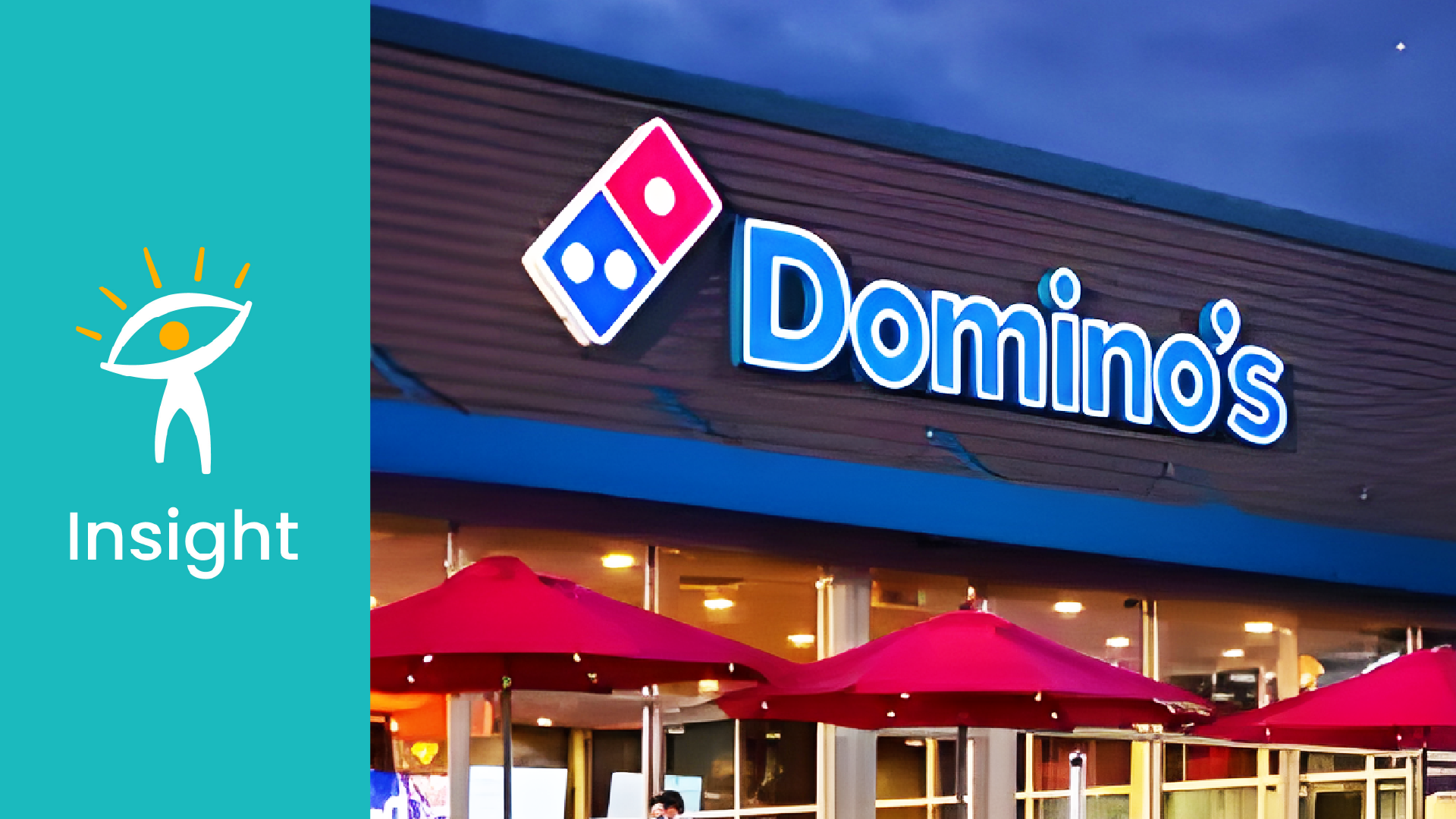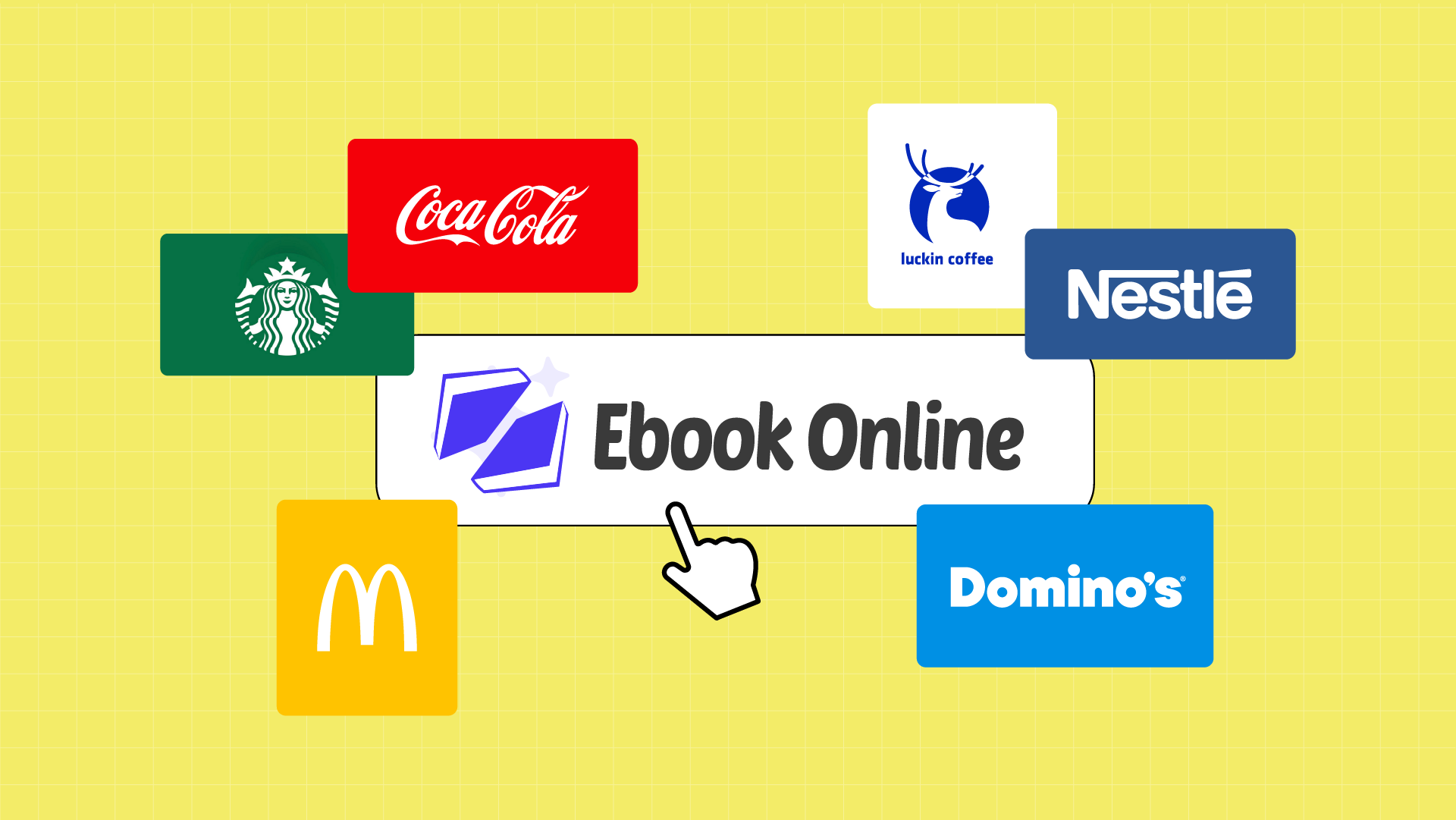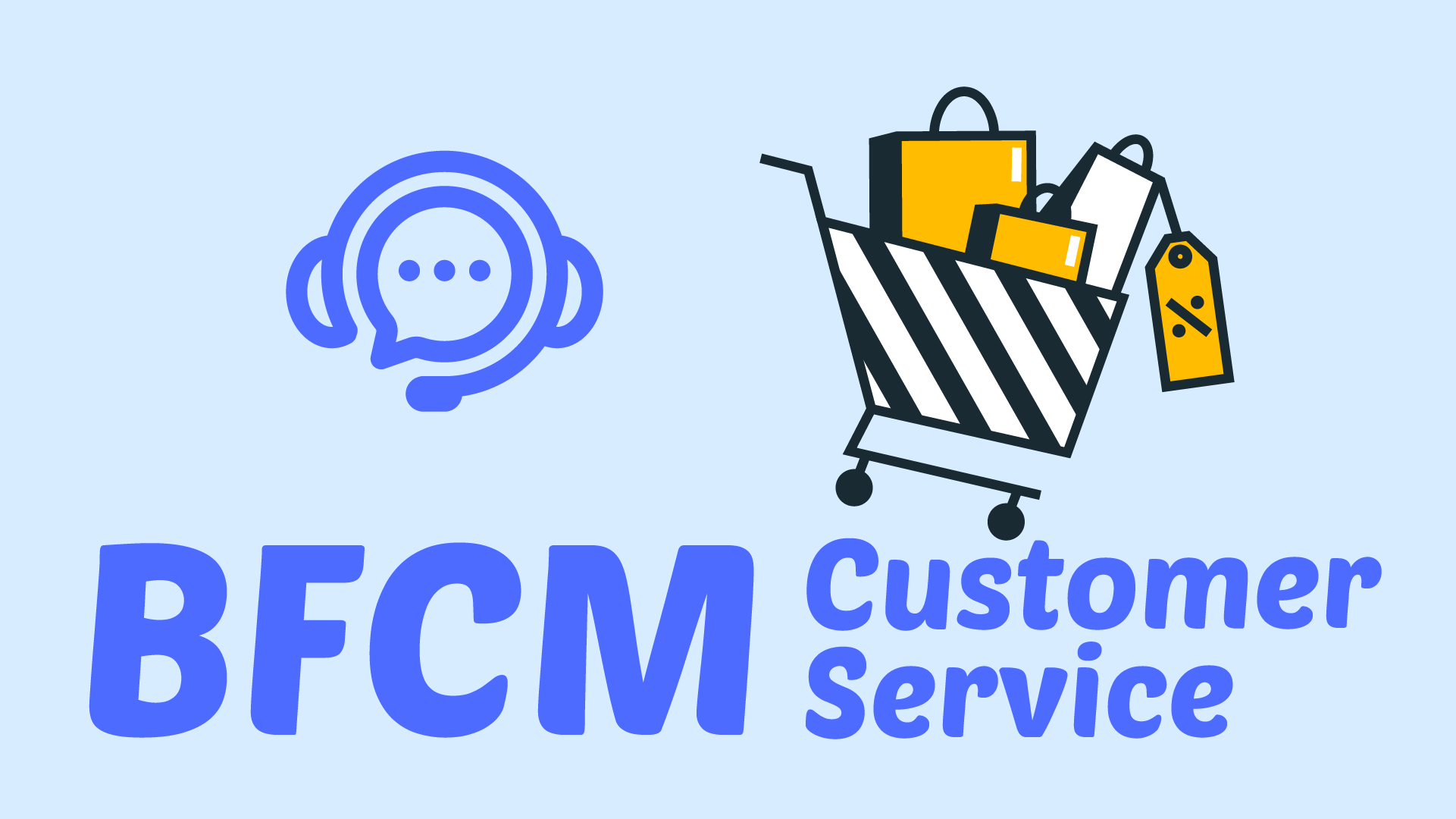Domino’s isn’t just a pizza brand, it’s a high-scale, data-fueled enterprise that has redefined what it means to compete in the quick-service restaurant (QSR) industry. While many still associate Domino’s with late-night pizza runs or its iconic 30-minutes-or-less guarantee, the reality is far bigger. From its humble beginnings in Michigan in 1960, Domino’s has grown into the world’s largest pizza company by sales, operating around 21,366 stores across more than 90 markets worldwide as of 2024. Today, Domino’s isn’t just selling pizza, it’s orchestrating a global network powered by data, technology, and operational excellence. Source.
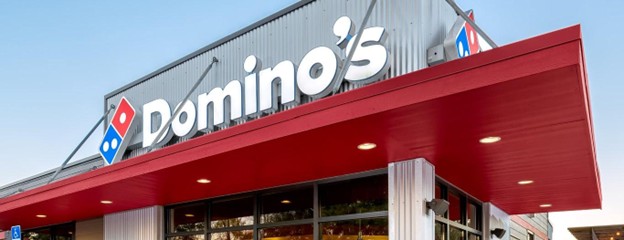
This article explores how Domino’s reinvented itself as a tech-forward, customer-centric enterprise, building a competitive edge through digital channels, data insights, and service excellence. More importantly, it highlights how merchant enterprises can learn from this transformation, especially with modern tools like Sobot’s AI-powered customer service solutions, which can help scale personalized customer engagement at enterprise levels.
Domino’s: From Pizza Chain to Tech-Powered Enterprise
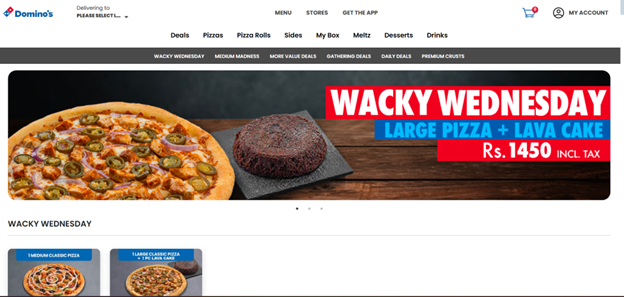
Every enterprise has a beginning, and Domino’s story starts in a small town in Michigan. In 1960, brothers Tom and James Monaghan purchased a modest pizzeria in Ypsilanti called DomiNick’s, putting down just a few hundred dollars and a lot of ambition Within five years, they rebranded it as Domino’s Pizza (1965), a name that reflected their growing vision. Source.
But the story doesn’t end with store count. In the twelve months ending June 15, 2025, Domino’s achieved approximately $19.4 billion in global retail sales. Source. Even more telling is the scope of its retail footprint: in fiscal year 2024, Domino’s logged $19.1 billion in global retail sales, a figure that includes both its corporate and franchised stores. Source. Equally impressive, the brand delivered 5.9% global retail sales growth (excluding foreign currency effects), signaling strong momentum at scale. Source.
In India, for instance, Jubilant FoodWorks manages a whopping 1,995 Domino’s outlets across 421 cities, affirming India as one of the brand’s fastest-growing markets. Source.
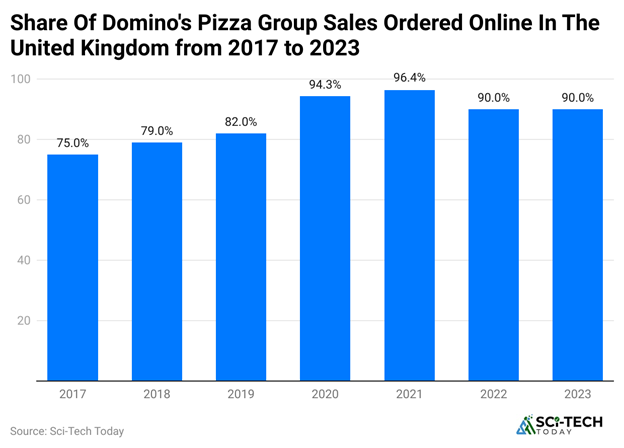
At the heart of Domino’s global success is a franchise-first model. Today, over 98% of Domino’s stores worldwide are franchise-operated, a structure that has allowed the brand to expand rapidly while keeping its capital investments lean. Source. What makes Domino’s model unique is the pathway to ownership. In the U.S., a striking 95% of franchisees started their careers as team members, drivers, or store managers before buying into the system. Source.
The system is also shaped by multi-unit franchisees. For instance, just 18% of Domino’s franchisees oversee around 70% of U.S. locations, highlighting how scale within franchising creates powerful operational hub. Source.
Globally, Domino’s has embraced the master-franchise model to penetrate new regions. In Australia and surrounding markets, Domino’s Pizza Enterprises (DPE) runs more than 3,700 stores and generated A$2.38 billion in revenue in FY 2023/24. Source.
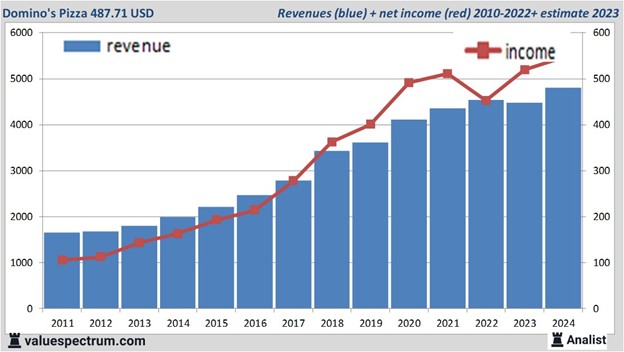
Domino’s demonstrated strong financial performance in 2024, recording total revenues of approximately $4.71 billion, reflecting a 5.1% year-over-year increase. In the second quarter of 2025, Domino’s continued its momentum by generating $1.15 billion in revenue, which represents a 4.3% increase compared to the same quarter in the previous year. This sustained growth is a clear indicator of both operational effectiveness and the enduring appeal of Domino’s brand offerings Source.
Zooming into Q2 of fiscal year 2025, the company recorded $1.15 billion in revenue, up 4.3% YoY, in line with market expectations. Source.
Online Customer Service Strategies of Domino’s
Online Customer Service

From the moment you open the Domino’s website or app, the focus is on clarity and ease. Features like real-time order tracking let customers follow their pizza’s journey, down to the minute, from oven to doorstep, elevating transparency and reducing uncertainty. These capabilities, offered via both track-order interfaces and streamlined app workflows, have become table stakes in customer satisfaction.
Domino’s keeps customer needs at its core by blending slick UI, personalized touches, and flexible payment options. Furthermore, by partnering with platforms like MoEngage, Domino’s has tapped into insights that drive personalized campaigns, re-engagement nudges, and loyalty programs that resonate with customers at scale. Source.
With Emplifi, the brand monitors mentions across social media, enabling them to reply to customer queries swiftly and personally. This approach has delivered a 128% increase in handled social interactions and slashed response times by 53%, transforming social from a reactive platform into a customer-care tool. Source.
Listening is the cornerstone of improvement. Domino’s has experimented with advanced tools like the “Voice of the Pizza”, a Generative AI project built on Databricks.
Meanwhile, in China, the online-first culture is even more pronounced, over 90% of orders are placed digitally, and Domino’s integrates tightly with local delivery apps like Meituan and Ele.me to meet customer expectations for speed and reliability. Source.
Digital Ordering Ecosystem
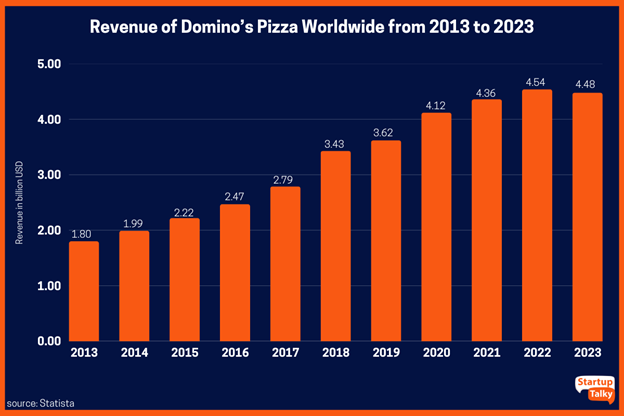
Domino’s evolution into a tech-driven titan didn’t happen overnight. It began in 2007, when the company launched its first online and mobile ordering system, transforming the way people summoned pizza at home and marking the start of a digital-first era.
This simple yet powerful UI not only boosted transparency but also increased profits, as customers who used the tracker spent, on average, $2 more than those who ordered via phone or in person. Source.
Domino’s also embraced emerging digital interaction styles by enabling voice-activated ordering through its AI assistant “Dom”, and integrating with popular smart devices and platforms such as Apple Watch, Slack, and Amazon Alexa. Source.
Integration of AI at Domino’s: Key Innovations Driving Customer Service Excellence
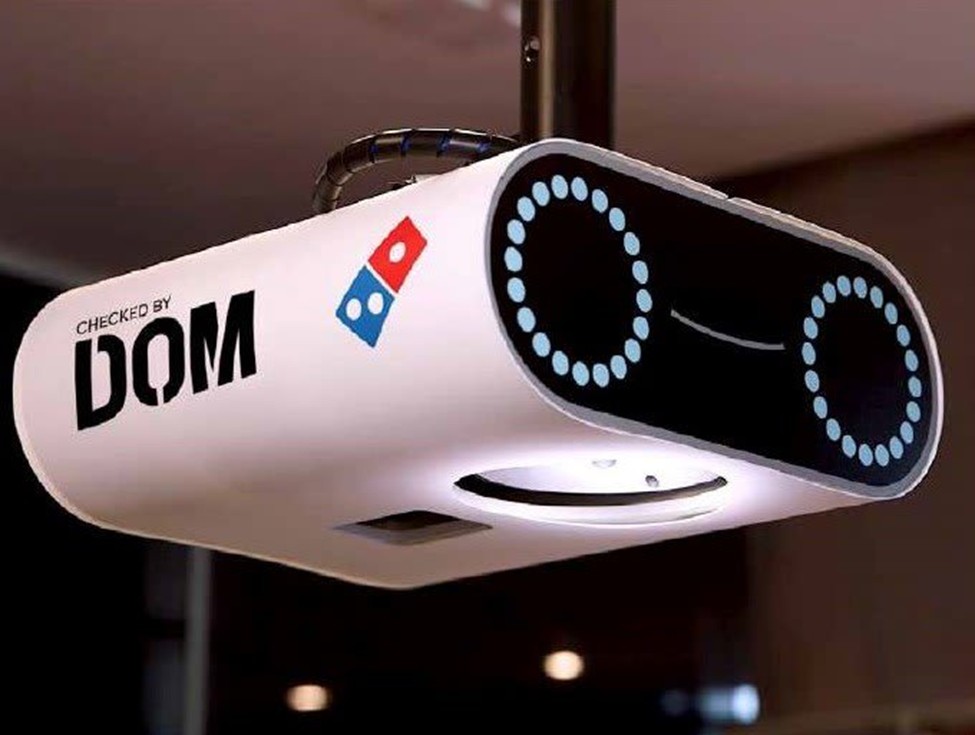
- Dom: The AI-Powered Ordering Chatbot: Domino’s developed “Dom”, an AI chatbot capable of handling both text and voice orders across platforms like Facebook Messenger and their official website. This tool enhances ordering convenience and significantly reduces customer wait times. Reported outcomes include a 30% reduction in order processing time, a 25% increase in customer satisfaction, and a 20% cut in customer service operational costs.
- 24/7 Chatbot Support – Dot the Bot: Domino’s also offers Dot, a customer support bot that handles routine questions and feedback around the clock. This ensures customers always have access to support without waiting for human agents.
- Unified Data Infrastructure: To keep its services consistent and reliable, Domino’s relies on tools like Talend and Qlik to integrate over 85,000 data sources into a single source of truth. This allows real-time monitoring of store operations, tracking order volume, prep times, and delivery vs. carryout mix, so that performance stays smooth even during peak demand.
- Multi-Channel Convenience with Voice & Smart Devices: Beyond chatbots, Domino’s supports voice-activated ordering through its Dom assistant and integrations with popular smart devices like Apple Watch, Slack, and Alexa.
Offline Customer Service
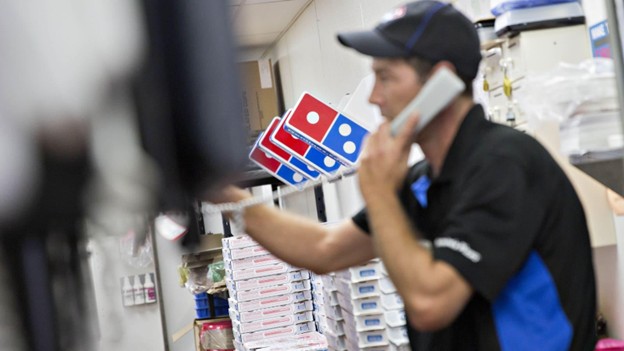
For Domino’s, customer service extends well beyond the digital screen. At the store level, the company emphasizes engagement and quality checks that ensure consistency across thousands of outlets worldwide. Domino’s Pizza Enterprises, which oversees markets such as Australia, New Zealand, and parts of Europe, even frames this as part of its “Domino’s for Good” approach, prioritizing customer lifetime value by focusing on trust and consistency in every interaction. Source.
When offline complaints arise, Domino’s has well-structured systems for rapid resolution. Customers can share feedback through in-store forms, hotlines, or franchise-level mechanisms, ensuring that issues are addressed promptly and quality standards are maintained across all outlets.
Domino’s further enhances customer trust with protection programs like “Carryout Insurance” and “Delivery Insurance”, which provide customers with refunds or replacements if their orders arrive late, are incorrect, or damaged. These programs reinforce confidence in the brand’s commitment to customer satisfaction.
Finally, during the pandemic, Domino’s showcased its agility by rolling out contactless delivery almost overnight. This pivot reassured customers that their safety was a priority and set a new standard for food delivery, with options like “carside delivery” where staff brought food directly to vehicles. The move not only maintained sales during a difficult period but also built lasting trust in the company’s ability to adapt to changing customer needs. Source.
Enterprise Lessons from Domino’s
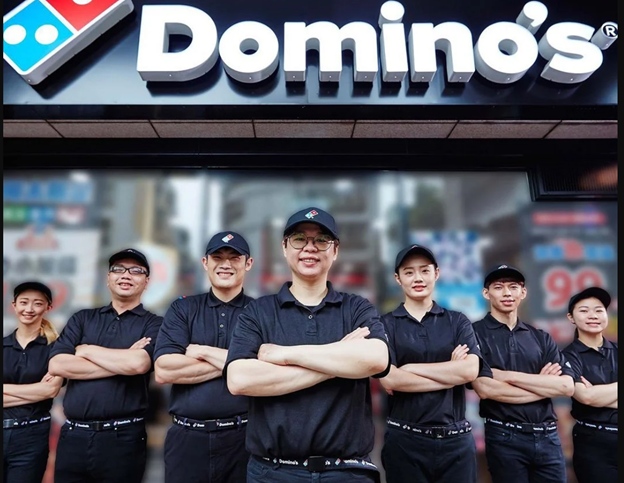
- Digital-first is core, not optional: Domino’s treated online ordering, real-time tracking, and multi-device access as infrastructure, ensuring customers see digital as the default way to engage with the brand.
- Own your digital pipeline: By building and refining its own ordering platforms instead of relying on third-party apps, Domino’s gained control over the customer journey, improved margins, and captured invaluable first-party data.
- Control the order and delivery chain: Owning both the ordering system and delivery operations allows Domino’s to guarantee consistency, strengthen brand touchpoints, and ensure clean, reliable data across the enterprise.
- Experiment and scale with AI: Domino’s constant use of chatbots, predictive analytics, and new ordering channels shows the value of agility. Rapid testing and iteration turn innovation into a competitive edge.
- Build trust through transparency and protection: Initiatives like order tracking, Carryout Insurance, and Delivery Insurance send a clear message: Domino’s stands behind its promise. Protecting customers at key moments creates loyalty that lasts.
How Sobot Empowers Enterprise-Grade Customer Service
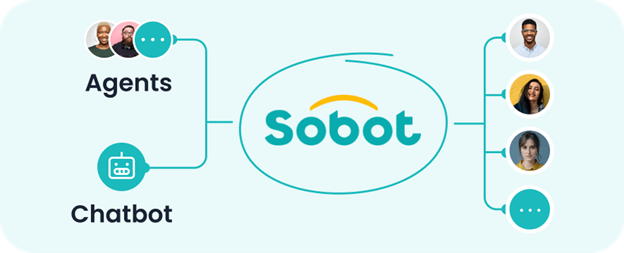
Sobot is an AI-powered customer service platform built for enterprises that need speed, scale, and consistency in their customer interactions. It doesn’t just automate conversations,it integrates seamlessly with the tools and platforms businesses already rely on.
From global enterprises like Amazon to popular commerce platforms such as Shopify, Walmart, Shopee, and Lazada, Sobot allows brands to manage all customer conversations from one unified interface. Instead of switching between multiple dashboards, businesses get a single view of every interaction, making service more efficient and more personal.
Key Features of Sobot
- Omnichannel Support: Manage customer conversations across websites, apps, social media, and messaging platforms (e.g., WhatsApp, Messenger, Instagram DM) from a single inbox.
- AI-Powered Chatbots: Automate FAQs, order tracking, refunds, and routine service requests with intelligent, customizable bots that respond instantly.
- Real-Time Analytics: Track CSAT, average response time, customer sentiment, and query types with live dashboards to guide data-driven decisions.
- Seamless Integrations: Connect effortlessly with Shopify, Amazon, Walmart, Shopee, Lazada, and existing tools like CRM, POS, and logistics systems.
- Enterprise-Ready Architecture: Scale confidently with multi-language support, role-based access, and compliance features designed for global operations.
- Built for High-Growth Brands: Designed for franchises and multi-location enterprises that need to deliver fast, consistent, and automated service at scale.
Wrap Up
Domino’s journey shows how digital transformation, rooted in customer obsession and operational excellence, can turn even a traditional pizza chain into a tech-driven enterprise. Their success has never been just about speed of delivery, it’s about owning the entire customer journey, from personalized ordering experiences to post-delivery support.
For enterprises looking to replicate this success, the lesson is clear: customer experience must be treated as core infrastructure, not an afterthought. That’s where platforms like Sobot come in, offering intelligent, omnichannel support that empowers brands to deliver Domino’s-level service without building complex tech stacks from scratch.
Whether you’re delivering pizza or SaaS, the real product is the experience your customers take away every time they interact with your brand.
